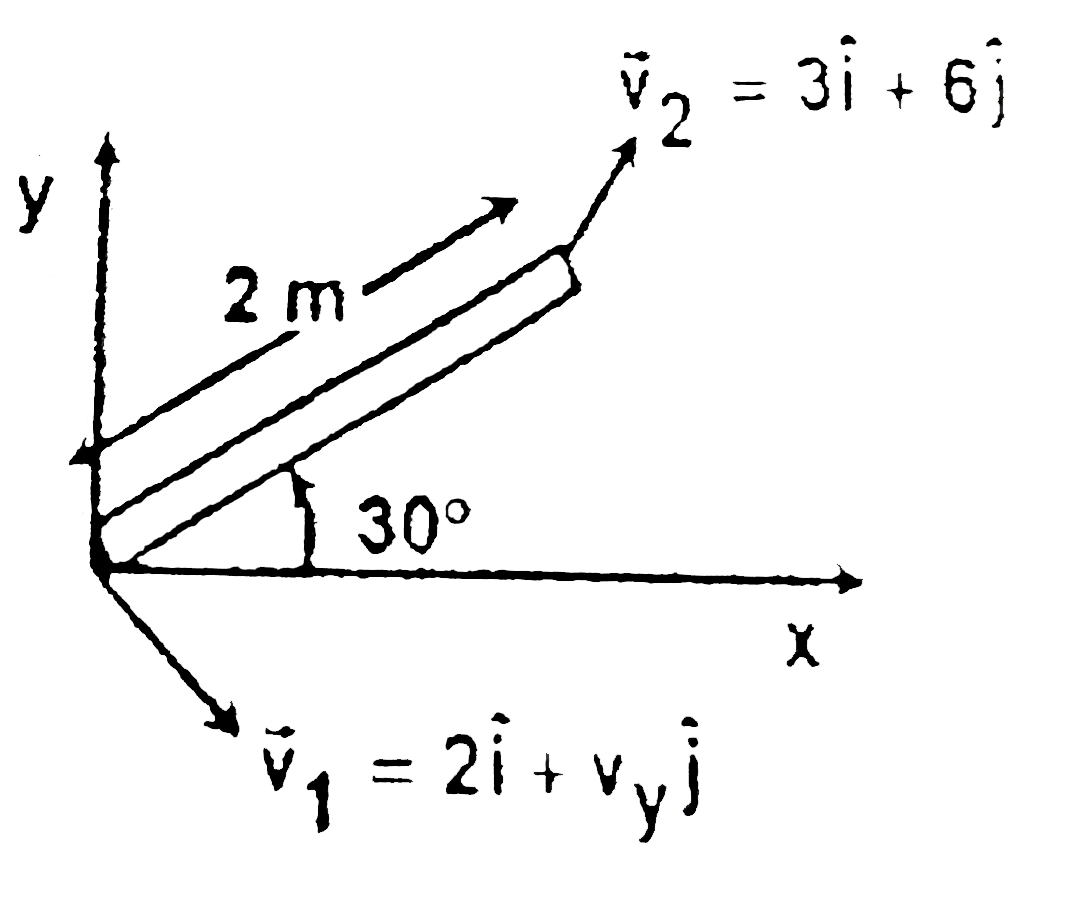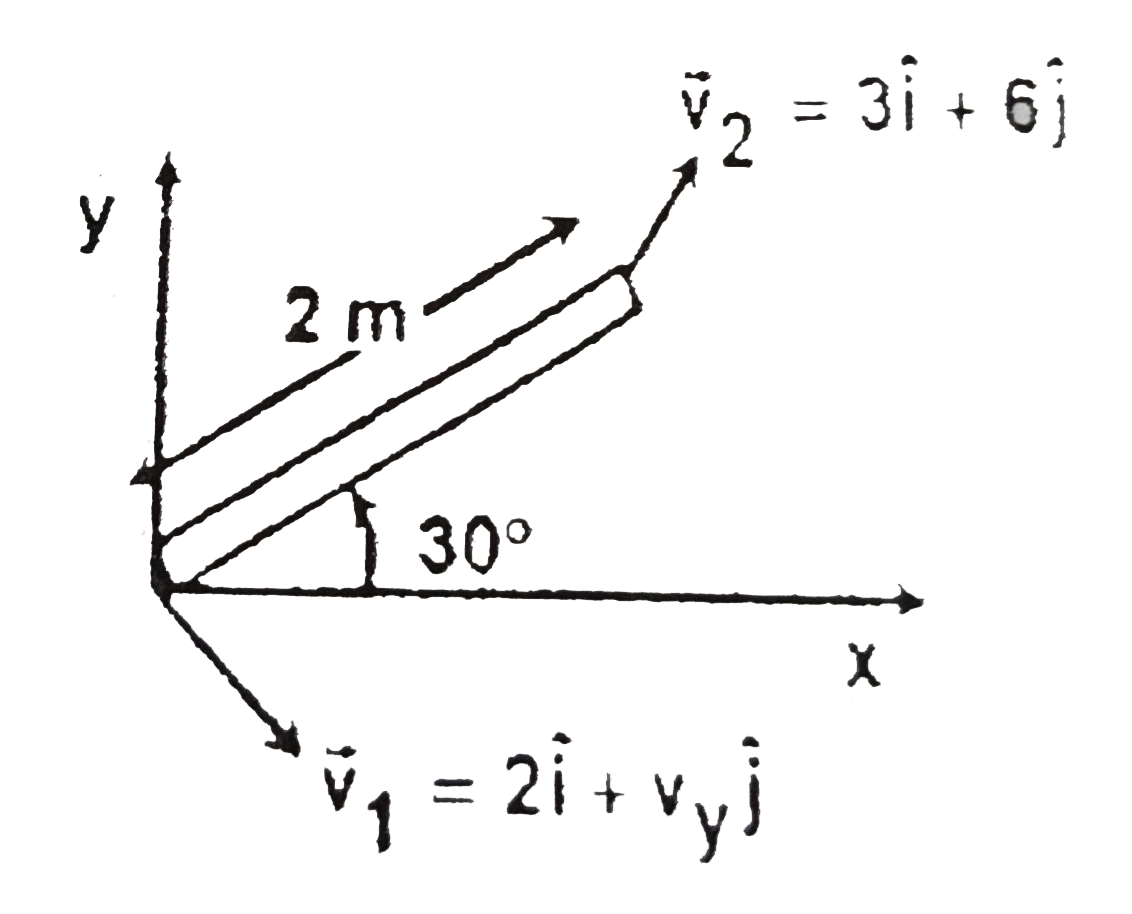A 120 g mass has a velocity →v=2ˆi+5ˆjms−1 at a certain instant. Its kinetic energy is
5J
2J
3J
8J
The correct Answer is:(3)
K.E=12M(→v.→v)
Topper's Solved these Questions
- WORK , ENERGY & POWER BOOK - NARAYNACHAPTER - WORK , ENERGY & POWER EXERCISE - EXERCISE -1 (H.W)
60 Videos
- WORK , ENERGY & POWER BOOK - NARAYNACHAPTER - WORK , ENERGY & POWER EXERCISE - EXERCISE -II (C.W)
75 Videos
- WORK , ENERGY & POWER BOOK - NARAYNACHAPTER - WORK , ENERGY & POWER EXERCISE - (C.U.Q ) COLLISIONS
14 Videos
- WAVESBOOK - NARAYNACHAPTER - WAVESEXERCISE - Exercise-IV
56 Videos
- WORK POWER AND ENERGYBOOK - NARAYNACHAPTER - WORK POWER AND ENERGYEXERCISE - Level-VI (Integer)
12 Videos
Similar Questions
A 150 g mass has a velocity →v=(2ˆi+6ˆj)m/s at a certain instant. What is its kinetic energy?
View SolutionA charged particle of specific change (i.e.,Change per unit mass 0 0.2 C/kg has velocity 2ˆi−3ˆjms−1 at some instant in a unifrom magnetic field 5ˆi+2ˆj (tesla).Find the acceleration of the particle at this instant
View Solution
Knowledge Check
A 300 g mass has a velocity of (3ˆi+4ˆj)m/s at a certain instant what is its K.E. ?
A1.35 JB2.4 JC3.75 JD7.35 JA particle of mass 1 g moving with a velocity →v1=3ˆi−2ˆj ms−1 experiences a perfectly in elastic collision with another particle of mass 2 g and velocity →v2=4ˆj−6ˆk ms−1. The velocity of the particle is
A2.3ms−1B4.6ms−1C9.2ms−1D6ms−1A stationary source emitting sound of frequency 680Hz is at the origin . An observer is moving with the velocity √2(ˆi+ˆj)m/s at a certain instant. If the speed of sound in air is 340m/s then the apparent frequency received by him at that instant is
A680HzB676HzC684HzDeither 676Hz or 684Hz
A body of mass 0.8 kg has intial velocity (3ˆi−4ˆj)ms−1 and final velocity (−6ˆj+2ˆk)ms−1. Find change in kinetic energy of the body?
View SolutionA rod AB of length 2m moves in horizontal x−y plane. At any instant end a of the rod is at origin and has velocity →vA=2ˆi+vyˆj. The other end B at the same instant is moving with velocity →vB=3ˆi+6ˆj. The rod makes an angle of 30∘ with the x−axis at this instant (see figure)
The value of vy is

View SolutionA particle of mass 1.0 g moving with a velocity →v1=(3ˆi−2ˆj) m/s experiences a perfectly inelastic collision with another particle of mass 2.0 g and velocity →v2=(4ˆi−6ˆj) m/s. Find the magnitude of the velocity vector →v of the coalesced particles.
View SolutionA rod AB of length 2m moves in horizontal x−y plane. At any instant end a of the rod is at origin and has velocity →vA=2ˆi+vyˆj. The other end B at the same instant is moving with velocity →vB=3ˆi+6ˆj. The rod makes an angle of 30∘ with the x−axis at this instant (see figure)
The magnitude of angular velocity of the rod is

View SolutionA body is projected with a velocity →v=(3ˆi+4ˆj)ms−1 The maximum height attained by the body is: (g=10ms−2)
View Solution
